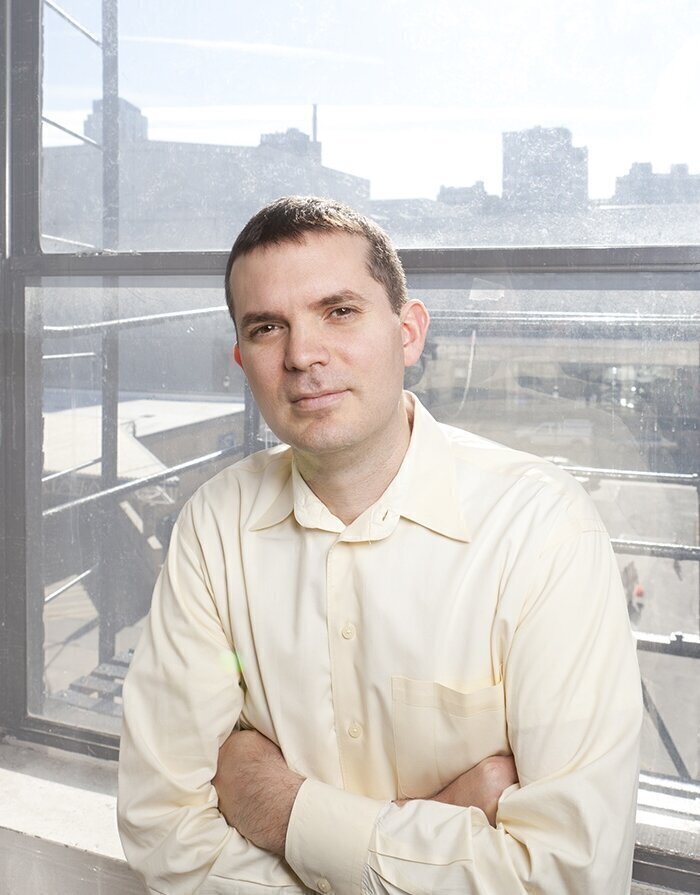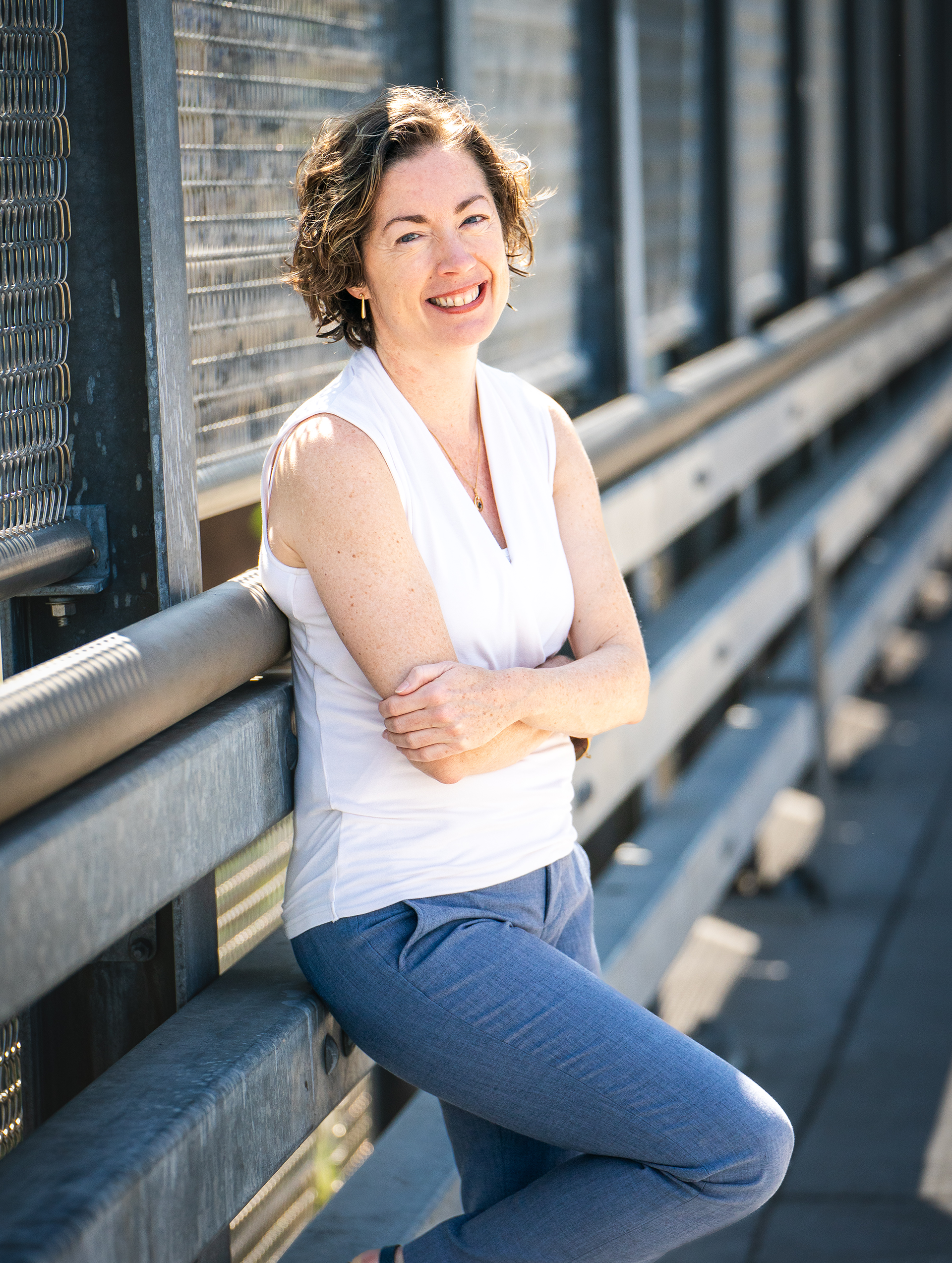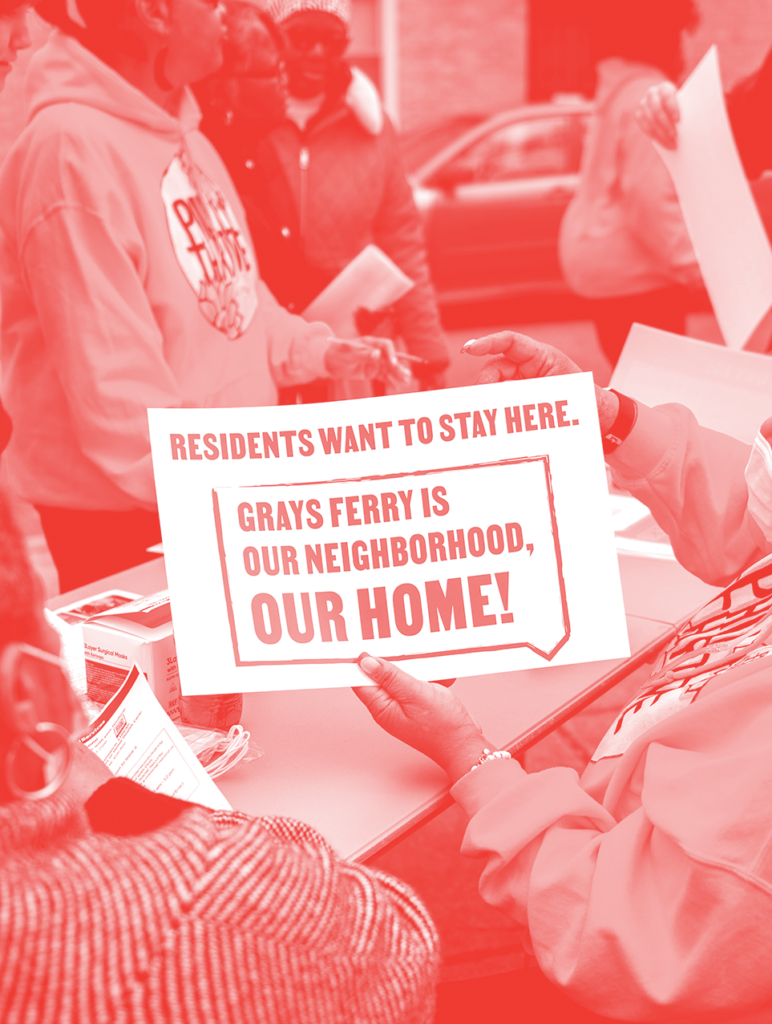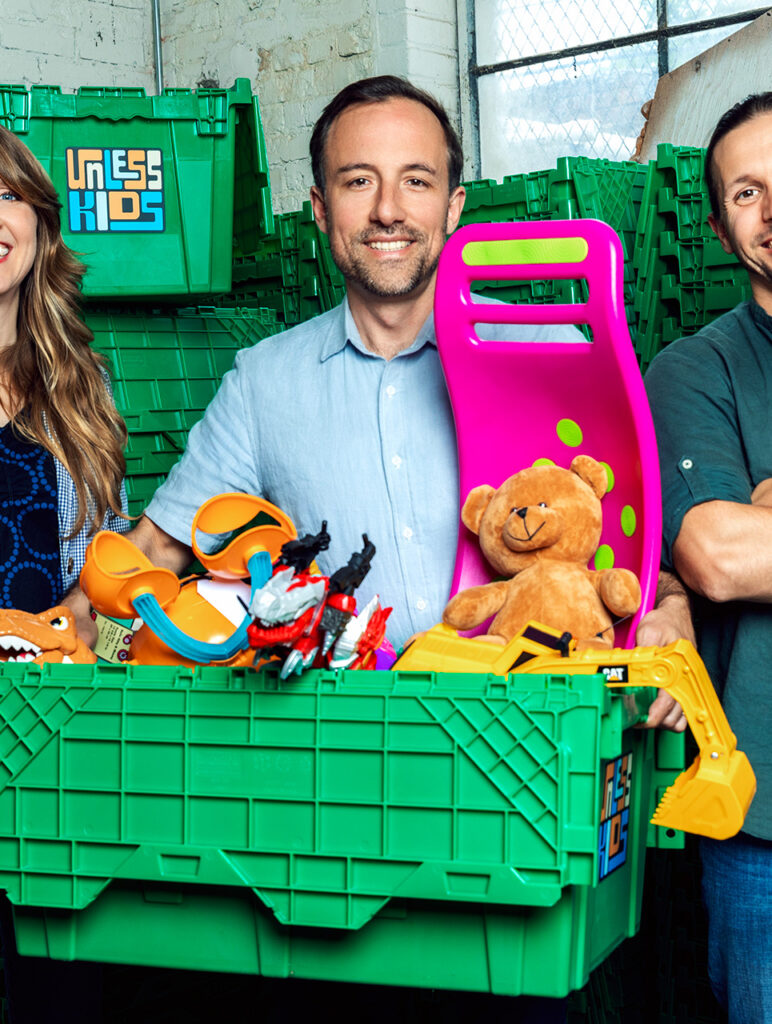I used to have a neighbor across our alley who worked for the Philadelphia Water Department (PWD). He was a friendly, likable guy, but there was evidence, like his big SUV, that he wasn’t in lockstep with the street’s green-minded residents. He grew tomatoes and peppers on his deck, like many of us do, but aided by a drip irrigation system he constructed and a container of Miracle-Gro. One day in the alley he showed me a Civil War-era map of our West Philly neighborhood when it was home to the Union’s largest hospital. When I asked him where he found the map, he said he bought it at a gun show.
So I was not surprised when he rolled his eyes dismissively at the mention of Philadelphia’s green stormwater management measures. I just wrote it off as someone stuck in the past, who was more likely to believe that the best plan is to conquer nature rather than work with it.
Grid was already pretty invested in the promise of green stormwater management that “Green City, Clean Waters” articulated. The idea that we can deal with water pollution while beautifying the city, creating more green space, planting more native plants in swales and rain gardens … well, it was incredibly appealing. And that it would cost less than the old-fashioned industrial way made it a true no-brainer.
So enamored with this plan were we that we even put PWD’s then-commissioner Howard Neukrug on the cover in December 2013 [Grid #56], and he gamely wore a superhero’s cape for the photo shoot.
We remained unquestioning until January 2022, when our long-time contributor and now managing editor Bernard Brown interviewed PWD officials and engineers on the 10th anniversary of Green City, Clean Waters. He returned to the office with the sense that PWD officials were dodging his questions about the real-world effects of the new systems on waterways, as well as their expected performance as global warming brings more frequent and more intense precipitation.
It was one of those moments that should have prompted us to dig deeper, but we dismissed our doubts. Green City, Clean Waters was a smashing success; surely we were misunderstanding something.
If we had pursued our journalistic instincts, we might have discovered the dissenting voices at the EPA and the District of Columbia Water and Sewer Authority. We might have found out that our wastewater treatment facilities were operating on long-expired federal permits. We might have turned up sources within our water department questioning the efficacy of the program.
It is easy to say that this is all only clear in hindsight, but there were skeptics — like my neighbor — from the very beginning. Perhaps they were too easily written off as old-guard traditionalists who couldn’t accept a different, greener way of managing water, but we should have listened to them.
When innovative new plans claim to solve our problems, it’s our job to entertain the possibility that the boosters are wrong, even when we want them to be right.
Alex Mulcahy, Editor-in-Chief










Instead of building a large expensive tunnel–with a life of 100 years, PWD chose GCCW which requires regular maintenance and replacement. The justification for not building the tunnel was the cost. The stormwater charges, which included the addition of revenue from charges to 40,000 new properties including homes that had wells and septic tanks helped sell the program. Previous Mayors would not approve the program. Mayor Nutter did, The program is said to be revenue neutral. I am not sure that is correct.
The somewhat recent splurge of negativity and doubt about the value of Green City Clean Waters (GCCW) leaves me incredibly sad. Much of this angst has been generated by the coverage given to the program by GRID and the Chestnut Hill Local. And I am long time GRID subscriber, so this last piece has pushed me over the edge!
I retired from PWD in 2019, and a good deal of my last 20 years at PWD were focused on educating and promoting GCCW to our residents, as green stormwater infrastructure was so new and would be so visible that we thought it essential to talk constantly about it. But we were also clear that GCCW could only be successful with the essential foundation of our traditional sewer and wastewater treatment plant system. Traditional piping and plants are key to the program’s achievements, and always will be. And GCCW was never meant to be a flood mitigation program. It’s entirely about managing our average storms.
It was also designed to adapt and change as needed over its 25-year life. I’m guessing that as the program is moving toward its 15-year milestone, the teams working on the program are wrestling with potentially complex and costly modifications and don’t yet have easy answers to the questions being posed today. And PWD will always be grappling with other priorities that impact our residents and environment (thinking water piping and treatment plant upgrades, lead in resident’s service lines, PFAS regs, etc.). These all take a toll on the department’s budget and impact decisions about how rates are best managed to have minimal impact on customers.
I would encourage taking a bit more time to understand the big picture and have some patience with GCCW and all of PWD’s programs. PWD is filled with passionate and dedicated employees who care about our environment. There are lots of superheroes there!